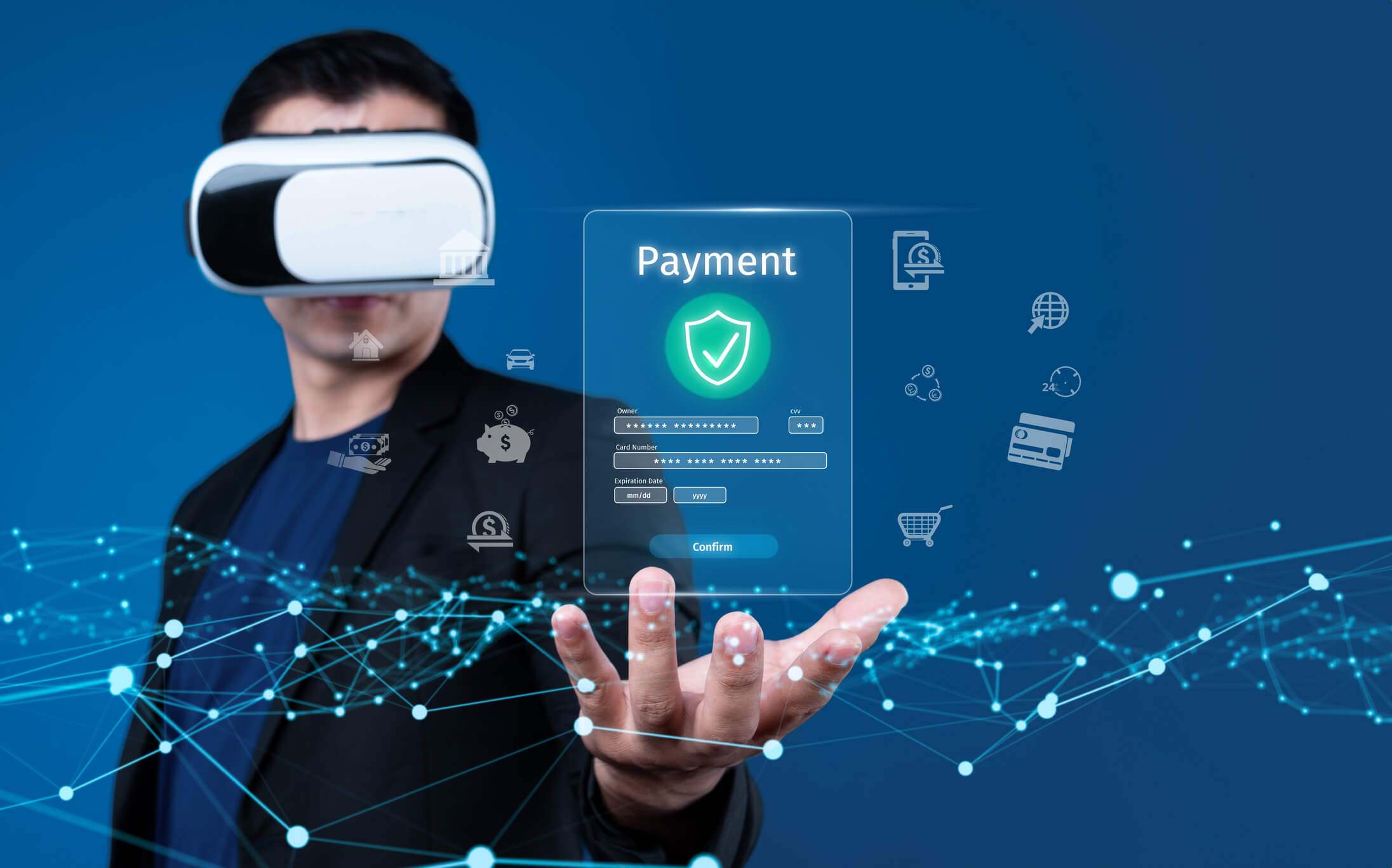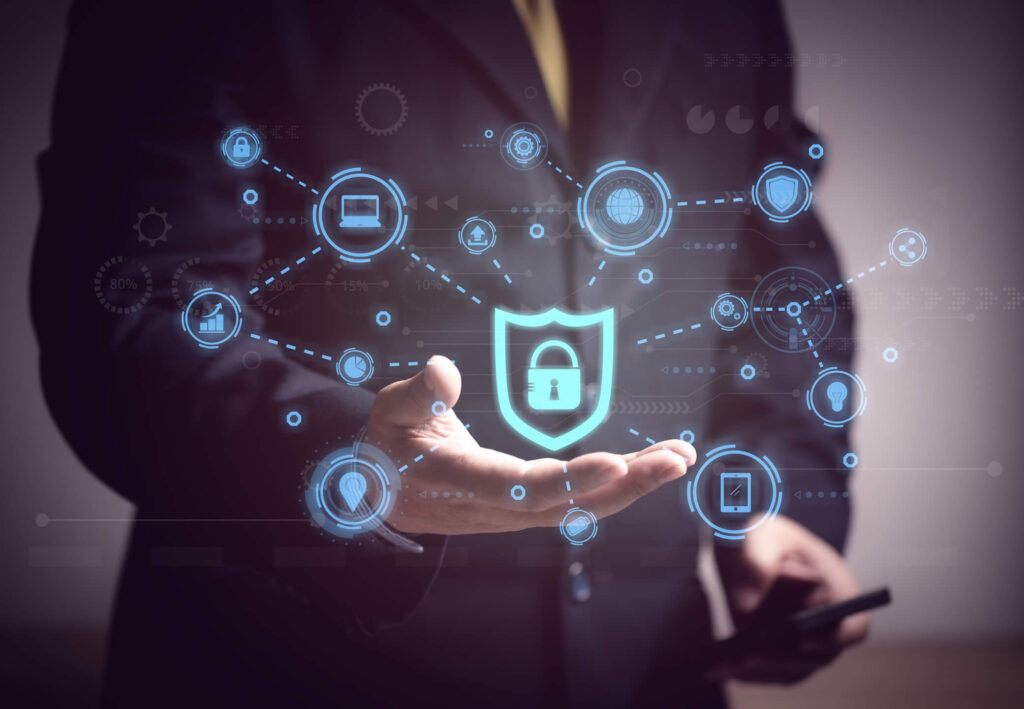
By American April 19, 2024
In today’s digital age, online transactions have become an integral part of our daily lives. From shopping online to paying bills, the convenience and ease of conducting transactions from the comfort of our homes or on-the-go cannot be denied. However, with this convenience comes the need for heightened security measures to protect our financial information from potential threats. Understanding the importance of online transaction security is crucial in safeguarding our financial well-being.
Online transaction security refers to the measures and practices put in place to protect sensitive financial information during online transactions. This includes ensuring the confidentiality, integrity, and availability of data, as well as preventing unauthorized access, fraud, and identity theft. The consequences of a security breach during an online transaction can be severe, leading to financial loss, damaged credit, and even personal harm.
The Risks Associated with Online Transactions
While online transactions offer convenience and efficiency, they also come with inherent risks. It is essential to be aware of these risks to take appropriate measures to mitigate them. Some common risks associated with online transactions include:
- Identity theft: Cybercriminals can steal personal information, such as credit card details, social security numbers, and passwords, to impersonate individuals and carry out fraudulent activities.
- Phishing attacks: Phishing is a technique used by cybercriminals to trick individuals into revealing sensitive information by posing as legitimate entities, such as banks or online retailers.
- Malware and viruses: Malicious software can infect devices and compromise sensitive information, including financial data.
- Man-in-the-middle attacks: In this type of attack, cybercriminals intercept communication between two parties engaged in an online transaction, allowing them to eavesdrop, modify, or steal information.
- Weak authentication: Inadequate authentication methods, such as weak passwords or lack of two-factor authentication, can make it easier for cybercriminals to gain unauthorized access to accounts.
Choosing a Secure Platform for Online Transactions
When engaging in online transactions, it is crucial to choose a secure platform that prioritizes the protection of your financial information. Here are some tips for selecting a secure platform:
- Look for SSL/TLS encryption: Ensure that the platform uses Secure Sockets Layer (SSL) or Transport Layer Security (TLS) encryption to protect data transmitted between your device and the platform’s servers.
- Check for security certifications: Look for platforms that have obtained security certifications, such as Payment Card Industry Data Security Standard (PCI DSS) compliance, which ensures that they meet industry standards for protecting cardholder data.
- Read reviews and ratings: Research the platform’s reputation by reading reviews and ratings from other users. Look for any reported security incidents or breaches.
- Verify the platform’s legitimacy: Before conducting any transactions, verify the legitimacy of the platform by checking for contact information, physical address, and customer support channels.
- Use trusted payment gateways: If the platform uses third-party payment gateways, ensure that they are reputable and trusted in the industry.
By choosing a secure platform, you can significantly reduce the risk of your financial information falling into the wrong hands.
Creating Strong and Unique Passwords for Online Transactions
One of the most basic yet crucial security practices for online transactions is creating strong and unique passwords. Weak passwords are easy targets for cybercriminals, who can use automated tools to crack them. Here are some tips for creating strong and unique passwords:
- Length and complexity: Use a combination of uppercase and lowercase letters, numbers, and special characters. Aim for a password length of at least 12 characters.
- Avoid personal information: Do not use easily guessable information, such as your name, birthdate, or address, as part of your password.
- Unique passwords for each account: Avoid using the same password for multiple accounts. If one account is compromised, it could lead to unauthorized access to other accounts.
- Consider using a password manager: Password managers can generate and store complex passwords for you, eliminating the need to remember multiple passwords.
- Regularly update passwords: Change your passwords periodically, especially if you suspect any security breaches or if you have shared your password with someone.
By following these password best practices, you can significantly enhance the security of your online transactions.
Utilizing Two-Factor Authentication for Added Security
Two-factor authentication (2FA) adds an extra layer of security to your online transactions by requiring two forms of identification before granting access to your account. This typically involves something you know (such as a password) and something you have (such as a unique code sent to your mobile device). Here’s how 2FA enhances online transaction security:
- Increased protection against unauthorized access: Even if someone manages to obtain your password, they would still need the second factor (e.g., a unique code) to gain access to your account.
- Mitigation of password-related risks: 2FA reduces the reliance on passwords alone, making it harder for cybercriminals to gain unauthorized access through password cracking or phishing attacks.
- Quick detection of suspicious activity: If someone tries to access your account without the second factor, you will receive an alert, allowing you to take immediate action.
- Compatibility with various authentication methods: 2FA can be implemented using various methods, such as SMS codes, email verification, biometrics (fingerprint or facial recognition), or hardware tokens.
By enabling 2FA for your online transactions, you add an extra layer of protection to your financial information.
Keeping Your Devices and Software Updated
Regularly updating your devices and software is crucial for maintaining the security of your online transactions. Updates often include security patches that address vulnerabilities and protect against emerging threats. Here’s why it is important to keep your devices and software updated:
- Patching security vulnerabilities: Updates often include fixes for known security vulnerabilities that cybercriminals can exploit to gain unauthorized access to your device or intercept your online transactions.
- Protection against malware and viruses: Outdated software may lack the latest security features, making it more susceptible to malware and viruses that can compromise your financial information.
- Improved encryption and authentication: Updates may introduce stronger encryption algorithms and authentication methods, enhancing the security of your online transactions.
- Compatibility with security features: Some updates may introduce new security features or settings that can further protect your financial information during online transactions.
By regularly updating your devices and software, you ensure that you have the latest security measures in place to protect your online transactions.
Recognizing and Avoiding Phishing Attempts
Phishing attempts are a common method used by cybercriminals to trick individuals into revealing sensitive information, such as login credentials or credit card details. Recognizing and avoiding phishing attempts is crucial for protecting your financial information during online transactions. Here are some tips to help you identify and avoid phishing attempts:
- Be cautious of unsolicited emails: Phishing emails often appear to be from legitimate organizations, urging you to take immediate action or provide personal information. Be skeptical of emails that ask for sensitive information or contain suspicious links or attachments.
- Verify the sender’s identity: Check the email address of the sender. Phishing emails often use email addresses that mimic legitimate organizations but have slight variations or misspellings.
- Hover over links before clicking: Before clicking on any links in emails or messages, hover your mouse over them to see the actual URL. Phishing emails often use deceptive links that redirect you to malicious websites.
- Avoid sharing sensitive information via email: Legitimate organizations typically do not request sensitive information, such as passwords or credit card details, via email. Be wary of any email that asks for such information.
- Keep your browser and email filters updated: Modern browsers and email providers often have built-in phishing filters that can help detect and block phishing attempts. Ensure that these filters are enabled and regularly updated.
By being vigilant and following these tips, you can protect yourself from falling victim to phishing attempts and safeguard your financial information during online transactions.
Encrypting Your Data for Secure Online Transactions
Data encryption is a crucial security measure for protecting your financial information during online transactions. Encryption converts your data into an unreadable format, which can only be decrypted with the correct encryption key. Here’s how data encryption enhances the security of your online transactions:
- Confidentiality: Encryption ensures that your financial information remains confidential, even if intercepted by unauthorized individuals. Without the encryption key, the intercepted data is unreadable and useless.
- Integrity: Encryption protects the integrity of your data by detecting any unauthorized modifications. If any changes are made to the encrypted data during transmission, it will be rendered unreadable.
- Authentication: Encryption can be used to authenticate the source of the data, ensuring that it has not been tampered with or modified by unauthorized parties.
- Compliance with regulations: Many industries, such as finance and healthcare, have specific regulations that require the encryption of sensitive data during transmission. By encrypting your online transactions, you ensure compliance with these regulations.
To encrypt your data during online transactions, look for platforms that use secure protocols, such as SSL/TLS, and ensure that your devices and software support encryption algorithms.
Monitoring Your Accounts for Suspicious Activity
Regularly monitoring your accounts for suspicious activity is an essential security practice for online transactions. By keeping a close eye on your financial accounts, you can quickly detect any unauthorized transactions or signs of fraudulent activity. Here’s how you can monitor your accounts effectively:
- Review account statements: Regularly review your bank and credit card statements for any unfamiliar transactions or discrepancies. Report any suspicious activity to your financial institution immediately.
- Set up transaction alerts: Many financial institutions offer transaction alerts via email or text message. Enable these alerts to receive real-time notifications of any transactions made using your accounts.
- Monitor credit reports: Check your credit reports regularly to ensure that no unauthorized accounts or loans have been opened in your name. You can request free credit reports from major credit bureaus annually.
- Use account monitoring services: Consider using account monitoring services that can detect and alert you to any suspicious activity, such as unusual login attempts or changes to your account information.
By actively monitoring your accounts, you can detect and respond to any potential security breaches or fraudulent activities promptly.
Educating Yourself on Online Transaction Security Best Practices
Staying informed and educated about online transaction security best practices is crucial for protecting your financial information. Cybercriminals are constantly evolving their tactics, and it is essential to stay one step ahead. Here are some resources where you can find more information on online transaction security best practices:
- Financial institutions: Many banks and credit card companies provide educational resources and guidelines on online transaction security. Check their websites or contact their customer support for more information.
- Government agencies: Government agencies, such as the Federal Trade Commission (FTC) or the Cybersecurity and Infrastructure Security Agency (CISA), provide resources and tips on online security practices. Visit their websites for valuable information.
- Cybersecurity organizations: Organizations like the National Cyber Security Alliance (NCSA) or the Internet Society (ISOC) offer resources and educational materials on online security best practices. Explore their websites for valuable insights.
- Online security blogs and forums: Numerous online security blogs and forums provide up-to-date information on the latest threats, vulnerabilities, and best practices. Subscribe to reputable blogs or participate in forums to stay informed.
By continuously educating yourself on online transaction security best practices, you can adapt to emerging threats and protect your financial information effectively.
FAQs:
Q.1: What are the common risks associated with online transactions?
A1: Common risks associated with online transactions include identity theft, phishing attacks, malware and viruses, man-in-the-middle attacks, and weak authentication.
Q.2: How can I choose a secure platform for online transactions?
A2: To choose a secure platform for online transactions, look for SSL/TLS encryption, check for security certifications, read reviews and ratings, verify the platform’s legitimacy, and use trusted payment gateways.
Q.3: What are some tips for creating strong and unique passwords?
A3: Tips for creating strong and unique passwords include using a combination of uppercase and lowercase letters, numbers, and special characters, avoiding personal information, using unique passwords for each account, considering a password manager, and regularly updating passwords.
Q.4: How does two-factor authentication enhance online transaction security?
A4: Two-factor authentication enhances online transaction security by requiring two forms of identification before granting access to an account, increasing protection against unauthorized access, mitigating password-related risks, enabling quick detection of suspicious activity, and offering compatibility with various authentication methods.
Q.5: Why is it important to keep my devices and software updated?
A5: Keeping devices and software updated is important to patch security vulnerabilities, protect against malware and viruses, improve encryption and authentication, and ensure compatibility with security features.
Q.6: How can I recognize and avoid phishing attempts?
A6: To recognize and avoid phishing attempts, be cautious of unsolicited emails, verify the sender’s identity, hover over links before clicking, avoid sharing sensitive information via email, and keep your browser and email filters updated.
Q.7: What is data encryption and how does it protect online transactions?
A7: Data encryption converts data into an unreadable format, which can only be decrypted with the correct encryption key. Encryption protects the confidentiality, integrity, and authentication of data during online transactions.
Conclusion
In conclusion, ensuring the security of your online transactions is crucial in protecting your financial information from potential threats. By understanding the risks associated with online transactions and implementing best security practices, such as choosing secure platforms, creating strong passwords, utilizing two-factor authentication, keeping devices updated, recognizing phishing attempts, encrypting data, and monitoring accounts, you can significantly reduce the chances of falling victim to online fraud.


